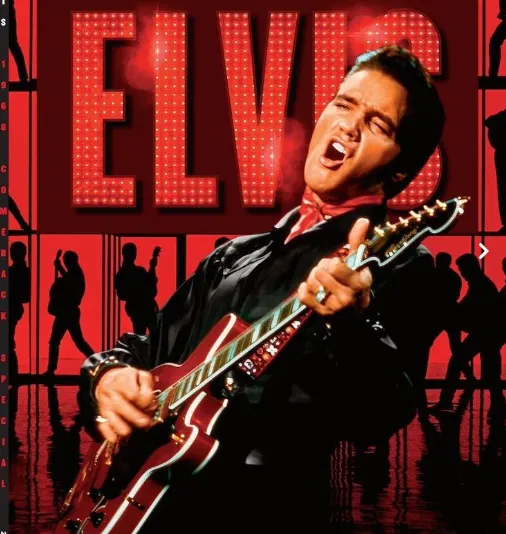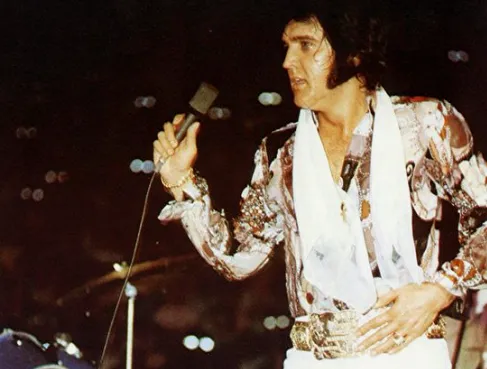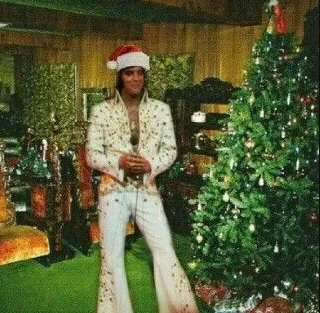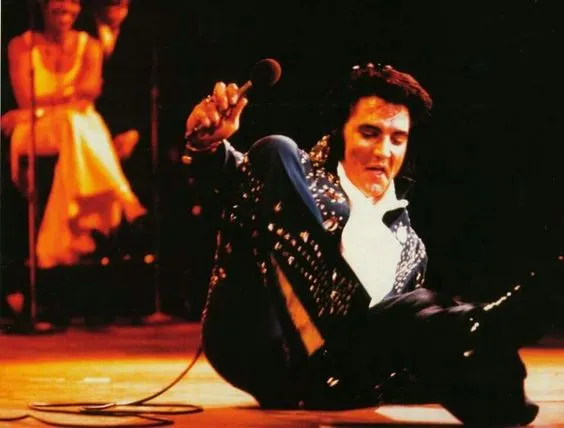In the pantheon of Elvis Presley's illustrious career, the year 1969 stands as a pivotal moment—a time of reinvention and resurgence for the King of Rock and Roll.

Amidst the backdrop of a changing cultural landscape, Elvis embarked on a journey that would redefine his legacy, both as a musician and as a cinematic icon. Central to this transformative period was the filming of 'Charro!'—a departure from the musical extravaganzas of his past, and a bold foray into the realm of gritty Western drama. Rare color photographs from the set of 'Charro!' offer a tantalizing glimpse into this pivotal moment in Elvis's career, capturing the iconic star as he embraced a new role, both on and off screen.

'Charro!', released in 1969, marked a departure from the formulaic musicals that had come to define Elvis's film career up to that point. Directed by Charles Marquis Warren, the film cast Elvis in the role of Jess Wade—a stoic gunslinger seeking redemption in the rugged landscapes of the American West.

Gone were the catchy tunes and elaborate dance numbers of his previous films; instead, 'Charro!' offered a stark and gritty portrayal of life on the frontier—a world of violence, betrayal, and redemption.

Amidst the arid deserts and sun-scorched plains of the film's setting, Elvis emerged as a brooding and enigmatic figure—a far cry from the clean-cut heartthrob of his early years.

Sporting a rugged beard and weather-beaten countenance, he cut a striking figure against the backdrop of the rugged landscape. Rare color photographs from the set of 'Charro!' capture Elvis in these moments of transformation, his piercing blue eyes and chiseled features illuminated by the golden light of the desert sun.

In one photograph, Elvis can be seen astride a majestic horse, his beard catching the light as he stares off into the distance with a look of steely determination. It is a portrait of a man at a crossroads—a man grappling with his own demons as he confronts the harsh realities of life on the frontier.

Yet, amidst the rugged terrain and harsh conditions, there lingers a sense of quiet strength—a resilience that speaks to Elvis's own journey of self-discovery and reinvention.

Another photograph offers a glimpse behind the scenes of the film's production, capturing Elvis in a moment of repose between takes. His beard trimmed and neatly groomed, he lounges in a director's chair, a cigarette dangling from his lips as he shares a laugh with members of the cast and crew. Despite the grueling nature of the shoot, there is an air of camaraderie and camaraderie—a sense of shared purpose that binds them together in their quest to bring 'Charro!' to life.

Yet, for all the rugged masculinity captured in these rare color photographs, there lingers a sense of vulnerability—a recognition that even the King of Rock and Roll is not immune to the passage of time. In the lines etched upon his face and the weariness in his eyes, we catch glimpses of the toll that fame and fortune have exacted upon him. And yet, amidst the turmoil and uncertainty, there remains a flicker of hope—a belief that redemption is possible, even in the darkest of times.

As 'Charro!' neared completion and Elvis bid farewell to the rugged landscapes of the American West, he left behind a legacy that would endure for generations to come. Rare color photographs from the set of the film capture a moment of transition and transformation—a moment when the King of Rock and Roll embraced a new role, both on and off screen.

And though the years may have passed and the beard may have been shaved, the indelible mark of Elvis Presley's legacy remains—a testament to the enduring power of reinvention, redemption, and the human spirit.




